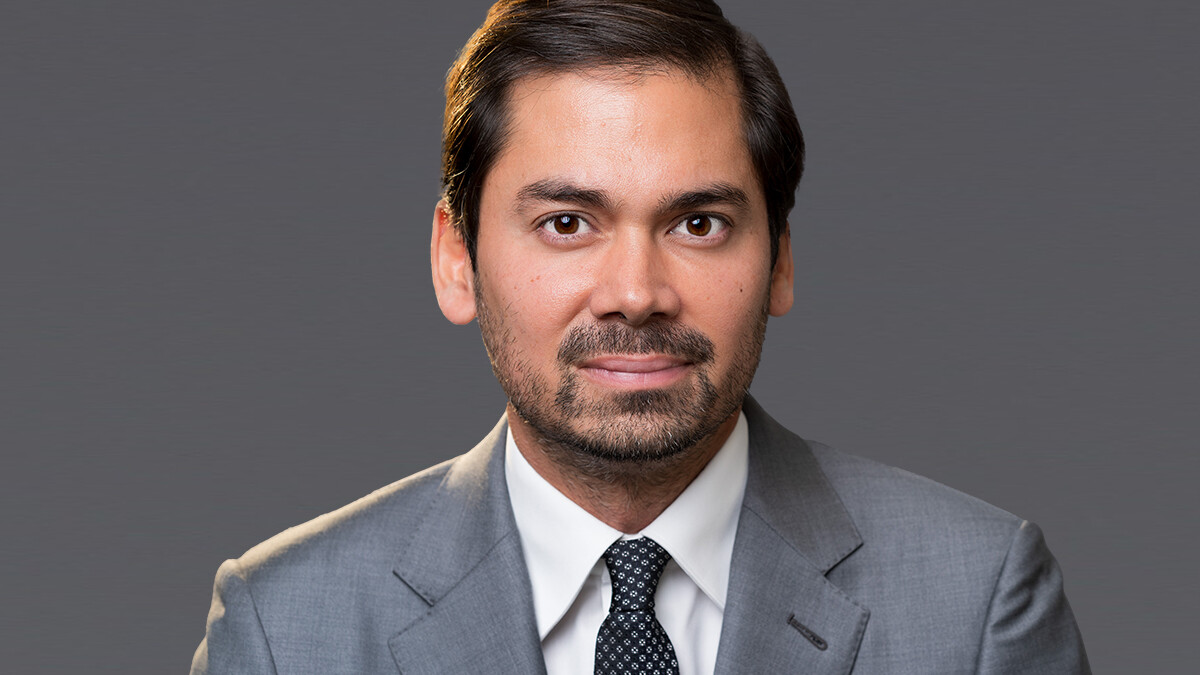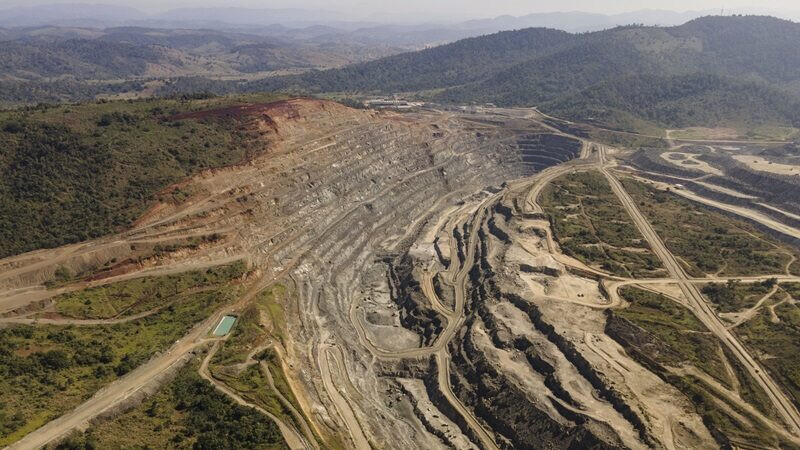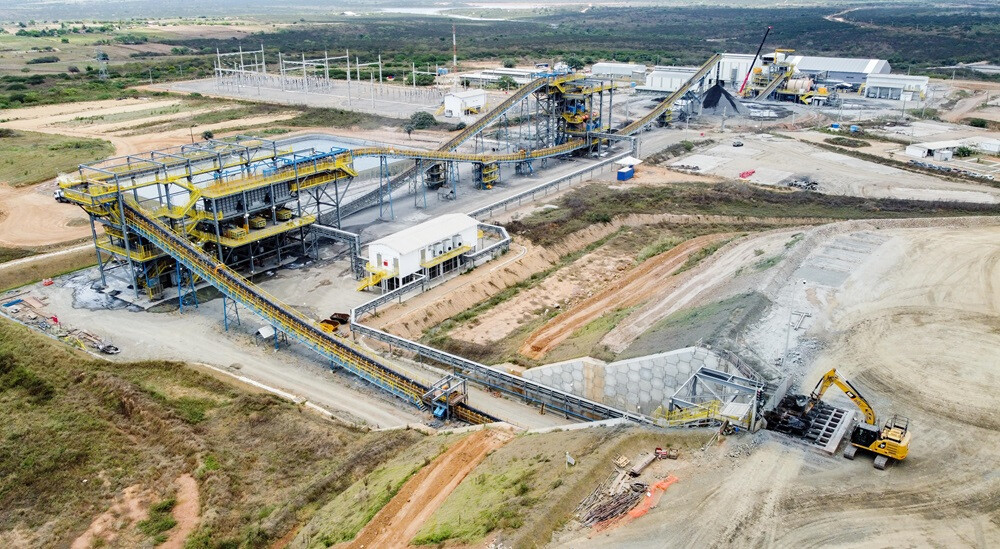Interview with Michael W. Scherb, CEO and Founder, Appian Capital Advisory
Appian recently raised $2billion for its third mining fund. We sit down with Michael W. Scherb to find out what's next for the fund and the sector...

Appian recently raised $2billion from investors for Fund III; what will it be invested in?
Michael W. Scherb: Firstly, we are grateful for the response of the investors. It shows that mining is becoming mainstream – there has been a big shift in the mindset of investors. Investors looking for exposure to the energy transition, realise that mining is the procurement arm of the entire space.
With this capital we can think more broadly. Latin America has enormous resource potential, while nearshoring is a new dynamic that should lead to more downstream mining assets being built in the region. We will deploy our capital in midstream infrastructure, such as mineral processing and power generation for mining projects.
Mining companies currently trade on four times ebitda, while mid-stream refiners are on seven to 12 times, while EV manufacturers like Tesla trades on 50 times Ebitda. Mines are the first and most important link in the chain but are valued at a tenth of EV and OEM manufacturers. So, combining upstream and mid-stream assets makes sense for both security of supply and achieving a better valuation.
There are lots of upstream investment opportunities but we see an arbitrage opportunity in linking mines with midstream and downstream assets. The reason is that mining companies trade at half the value of midstream and downstream so it makes sense to consolidate and create a combined asset for investors. For example, we own very high-grade graphite deposits in Brazil. It is very close to Nacional de Grafite, the largest graphite producer in the country. A mine there could produce graphite but we want to add a midstream asset, probably in the US, that can produce spherical graphite to go directly into electric vehicle battery anodes. That way, we integrate the graphite production of our mine into EV supply chains and increase the value of the combined asset.
Every government or OEM that we speak to, is worried about securing upstream supply. They get contacted by thousands of mining companies offering critical metals and it’s hard for governments or OEMs to know what’s genuine and reliable. They love working with us because we can sift through different projects and use our technical capacity to evaluate them. Then we can select an opportunity and use our capital and operating experience to develop it, start production and integrate the whole supply chain. Mining companies currently trade on four times ebitda, while mid-stream refiners are on seven to 12 times, while EV manufacturers like Tesla trades on 50 times Ebitda. Mines are the first and most important link in the chain but are valued at a tenth of EV and OEM manufacturers. So, combining upstream and mid-stream assets makes sense for both security of supply and achieving a better valuation.
Analysts expect the energy transition to cause a shortfall of copper yet the price remains low; why?
MWS: We are witnessing the short-termism of the markets. Markets are run by traders so they put more emphasis on short-term pressures than long-term fundamentals. The Chinese slowdown, which threatens an overhang of commodity supply is forcing prices down. But over a longer-term the whole world is electrifying which means there are strong fundamentals for prices to move up.

It's tough to time it exactly, but I would expect that to change in three to five years. In the medium-term the world will sit up and take notice. We will see the cost curves of miners increase as inputs – such as processing chemicals and energy become more expensive – and that will drive up commodity prices. At Appian we don’t worry about short-term noise, whether that’s political volatility or price volatility – it doesn’t interest us. We have a ten-year horizon, which is what you need to a successful long-term investor in mining.
Critical metals have become an important geopolitical issue; does that impact investors?
MWS: Yes, geopolitics is a big theme that is definitely very real for investors. We are very cognisant of that – especially when it comes to planning an exit. When we start producing at a Latin American mine, we know that we can get buyers from China, North America or Europe. Each country is competing for security of supply and they win it by providing the lowest cost of capital or pay the best price. China obviously has a headstart in securing critical metals and I think the West can close the gap by providing sources of more attractive financing. After all, the Chinese companies are getting low-cost funding from their government, so the West needs to back its champions.
Latin America stands to benefit from these geopolitical trends. The Inflation Reduction Act is encouraging EV manufacturers to build assets in the US, which will encourage smelters and processing plants to set up throughout the Americas. Mexico seems to be the main beneficiary but any Latin American country with a trade deal with the US and good transport links will also do well. Unlike Africa, which has higher political risk and attracts mostly Chinese investment, Latin America is attractive to the US, China and the EU. So Latin America can attract all bidders.
Will the market start to differentiate between ‘clean’ miners and ‘dirty’ miners?
MWS: There already is a bifurcation in the market. Companies that do ESG genuinely well trade on higher multiples and will get a lower cost of funding from traditional banking sources than mining companies with ESG challenges. The responsible miners trade on higher valuations and has that trend strengthens, you will see them use their financial advantages to acquire the ESG underperformers.

At Appian we have a clean energy team inhouse that is building solar installations next to our operations. We aren’t waiting for the market to send us the signal because we know that will increase the value of our asset. It’s not that being clean allows us to charge more money for the end product but price is just one part of the asset valuation. Costs, capex etc are other factors.
Are frontier Latin American mining jurisdictions like Ecuador and Argentina emerging as serious contenders?
MWS: Everything we do as investors involves a trade off between risk and reward. Ultimately capital flows to the path of least resistance. When we look at a country in Latin America, we are inherently benchmarking it with other countries around the world, including mature jurisdictions like Australia and Canada. So, if Ecuador or Argentina present themselves as a more attractive environment for capital then they will attract it. If not, it will go elsewhere.
At the moment I would say that Ecuador and Argentina are exciting but still Tier 2. However, the challenges in Mexico, Peru and Chile, mean that Ecuador and Argentina have a real opportunity to absorb some of the capital that normally goes to those countries. We started small in Brazil and have now invested more than $1billion in the country. With somewhere like Ecuador there is more of a risk because a billion-dollar investment would make us one of the largest mining investors in the country. We don’t mind being lead investors and taking that risk but we would expect to be compensated by a higher return. After all, if Appian makes a significant investment in a frontier market it will help draw in other investors.
Appian has grown exponentially since 2012; what can we expect next?
MWS: We have already deployed 10% of our new capital. The future investments will be heavily focused on Latin America, with around 70% going to the region. We have built up a Mexico team, so that will be a country that we focus on. We are still hopeful that the politics for the mining industry in Chile and Peru will improve. Brazil, which is one of our favourite mining jurisdictions in the region, will receive extra investment. Outside of Latin America we will invest smaller amounts in Australia, Canada, US and Africa. We will deploy the capital over the next three years.